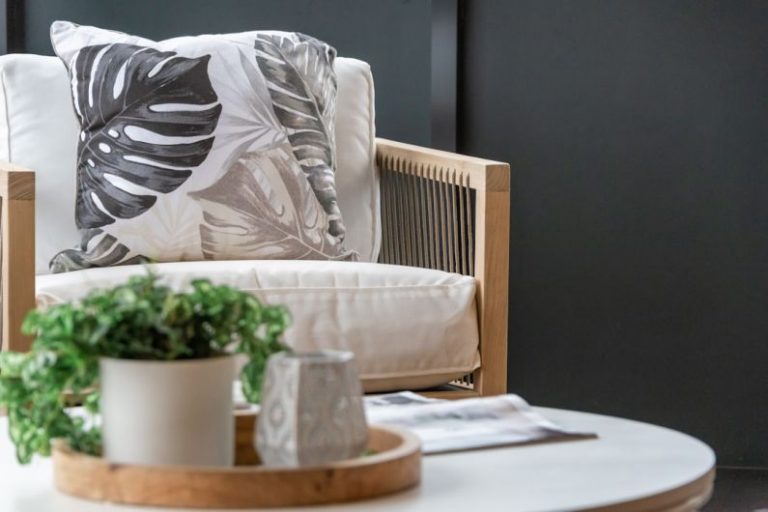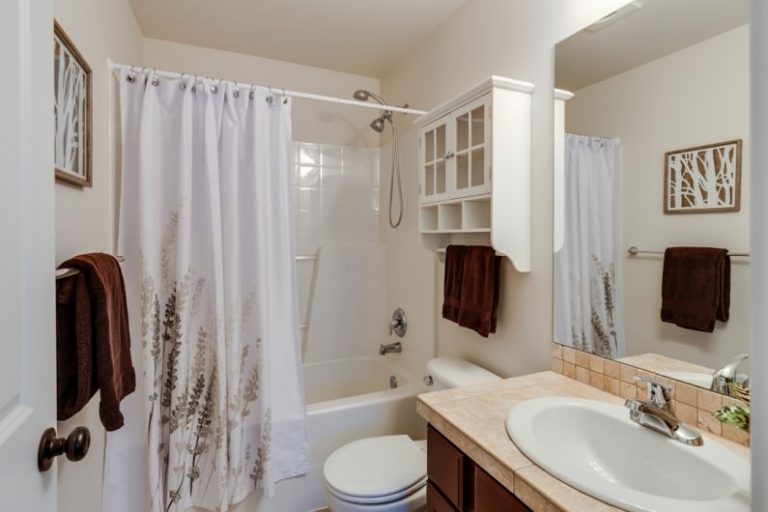Diy Wall Painting Techniques
Giving your walls a fresh coat of paint can instantly transform the look and feel of a room. If you’re looking to add a personal touch to your living space, DIY wall painting techniques can be a fun and creative way to enhance your walls. From simple accent walls to intricate patterns, there are various techniques you can try to achieve the desired look. In this article, we will explore some innovative DIY wall painting techniques that you can experiment with to breathe new life into your home.
**Color Blocking**
Color blocking is a popular technique that involves painting geometric shapes or sections of a wall in contrasting colors. This method can create a bold and modern look that adds visual interest to any room. To achieve this effect, use painter’s tape to create clean lines and sharp edges. Experiment with different color combinations and shapes to create a unique and eye-catching design that suits your style.
**Ombre Effect**
The ombre effect is a gradient technique that involves blending two or more colors seamlessly from light to dark or vice versa. This technique can create a soft and soothing look that adds depth and dimension to your walls. To achieve the ombre effect, start by applying the lightest color at the top of the wall and gradually blend it into the darker shade towards the bottom. Use a large brush or sponge to create a seamless transition between the colors for a smooth and professional finish.
**Stencil Designs**
Stenciling is a versatile technique that allows you to create intricate patterns and designs on your walls. You can purchase pre-made stencils or create your own custom designs to personalize your space. To stencil your walls, secure the stencil in place with painter’s tape and use a stencil brush or roller to apply paint evenly over the stencil. Experiment with different patterns and colors to add a touch of creativity and whimsy to your walls.
**Sponge Painting**
Sponge painting is a simple yet effective technique that can add texture and depth to your walls. This method involves using a natural sea sponge or sponge roller to apply paint in a random and irregular pattern. By layering different shades of paint, you can create a soft and mottled effect that mimics the texture of natural surfaces like stone or marble. Sponge painting is a great way to add visual interest to your walls and create a unique and artistic finish.
**Stripes and Patterns**
Stripes and patterns are classic wall painting techniques that can instantly elevate the look of any room. Whether you opt for vertical, horizontal, or diagonal stripes, this technique can create a sense of movement and drama in your space. You can also experiment with creating patterns like chevron, herringbone, or geometric shapes for a modern and stylish look. Use painter’s tape to create clean lines and precise shapes, and don’t be afraid to mix and match different patterns for a dynamic and visually appealing design.
**Creative Textures**
Adding texture to your walls is a great way to create visual interest and depth. You can achieve textured finishes using techniques like stippling, ragging, or combing. Stippling involves applying paint with a stippling brush or roller to create a speckled effect, while ragging involves using a rag to create a soft and subtle texture. Combing is another technique that can create a striped or textured finish by dragging a comb through wet paint. Experiment with different textures to add dimension and character to your walls.
**In Summary**
DIY wall painting techniques offer a creative and budget-friendly way to update your home decor. Whether you’re looking to add a pop of color, texture, or pattern to your walls, there are endless possibilities to explore. From color blocking and ombre effects to stenciling and sponge painting, these techniques can help you achieve a personalized and stylish look that reflects your personality and taste. So roll up your sleeves, grab your paintbrushes, and unleash your creativity to transform your walls into works of art.






